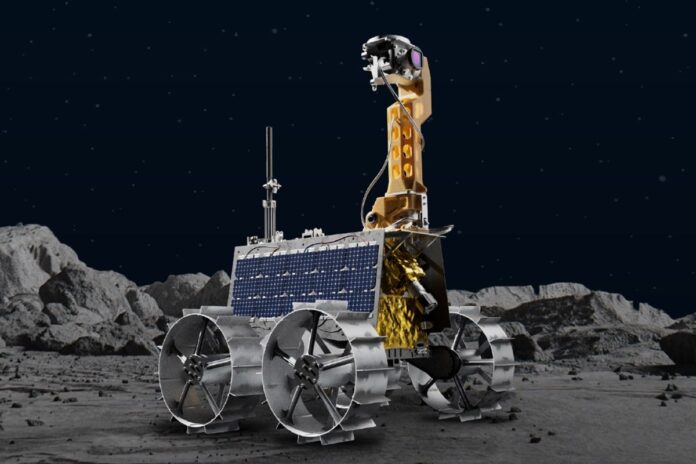The moon is about to host one giant leap in artificial intelligence (AI).
A Canadian machine learning system will make its way to the moon’s surface onboard a United Arab Emirates rover that launched with SpaceX Dec. 11.
The Rashid rover, hosted on the Japanese ispace lander, is expected to touch down this spring in search of minerals and other items of interest on the lunar surface. Canada’s system will inform the rover’s decision-making in a big first for AI: No AI has ever reached beyond low Earth orbit before, company officials say.
If this works, the tech will be big for NASA’s moon push, Mission Control Space Services (MCSS) CEO Ewan Reid told Space.com. “AI will be a critical enabling tool to making decisions on board spacecraft,” Reid said. That work not only extends to seeking out water on the moon, which NASA plans to do with its Artemis missions, but also to making Earth observation more efficient. And MCSS, a company of just 40 people so far, aims to be in the driver’s seat.
Related: Canadian astronauts will start flying to the moon in 2023 with NASA’s Artemis missions
When most people think of Canadian tech in space, they think of flashy projects like Canadarm: The robotic arm series that has served the shuttle, the International Space Station and soon, NASA’s Gateway lunar station. More astute observers may also cite space medicine or even rocketry as tech fields in which Canada has expertise.
MCSS represents what many small space Canadian companies do, however: provide essential software or components that fly in the background, fueling missions all over the world. The company doesn’t advertise all of its work; often MCSS customers want media attention on their own mission, Reid said.
“That’s why this [AI] demonstration with the Canadian Space Agency is nice, because it’s very much in the public domain and we’re allowed to talk about it,” Reid said.
If all goes to plan, Rashid will run for approximately one lunar day (29 Earth days) on the surface. It is not expected to last the lunar night, but as a demonstration mission that’s just fine for MCSS. It has plans to leverage a lot from a few precious days on the moon.
Related: Lunar timeline: humanity’s explorations of the moon
MCSS will receive the Rashid rover’s navigation images via the Japanese lander, which will handle communications with Earth. With the Canadian company’s algorithm, “every single pixel in the image [will be] classified as a certain terrain type,” Reid said.
“That output will then be sent to the ground and will be used by scientists and engineers at our office in Ottawa, as well as at other Canadian universities, to help decide where the rover should go,” he added. Future missions will take the human “out of the loop” once engineers are confident the AI knows how to tell different minerals apart, and distinguish between critical mission items like rocks and craters.
On the moon, AI can save a lot of limited satellite bandwidth since it would only share the data, images and videos that scientists need, Reid said. The tech can be repurposed all over the solar system, including applications like detecting “dark” ships on Earth trying to sail without registration, or filtering clouds from planetary images.
“We see an enormous opportunity for deploying AI on the edge, in space,” Reid said. If all goes to plan, the lunar demonstration will allow MCSS “to support other companies and organizations as they work to deploy AI in their missions in the future.”
Follow Elizabeth Howell on Twitter @howellspace (opens in new tab). Follow us @Spacedotcom (opens in new tab), or on Facebook (opens in new tab) and Instagram (opens in new tab).

